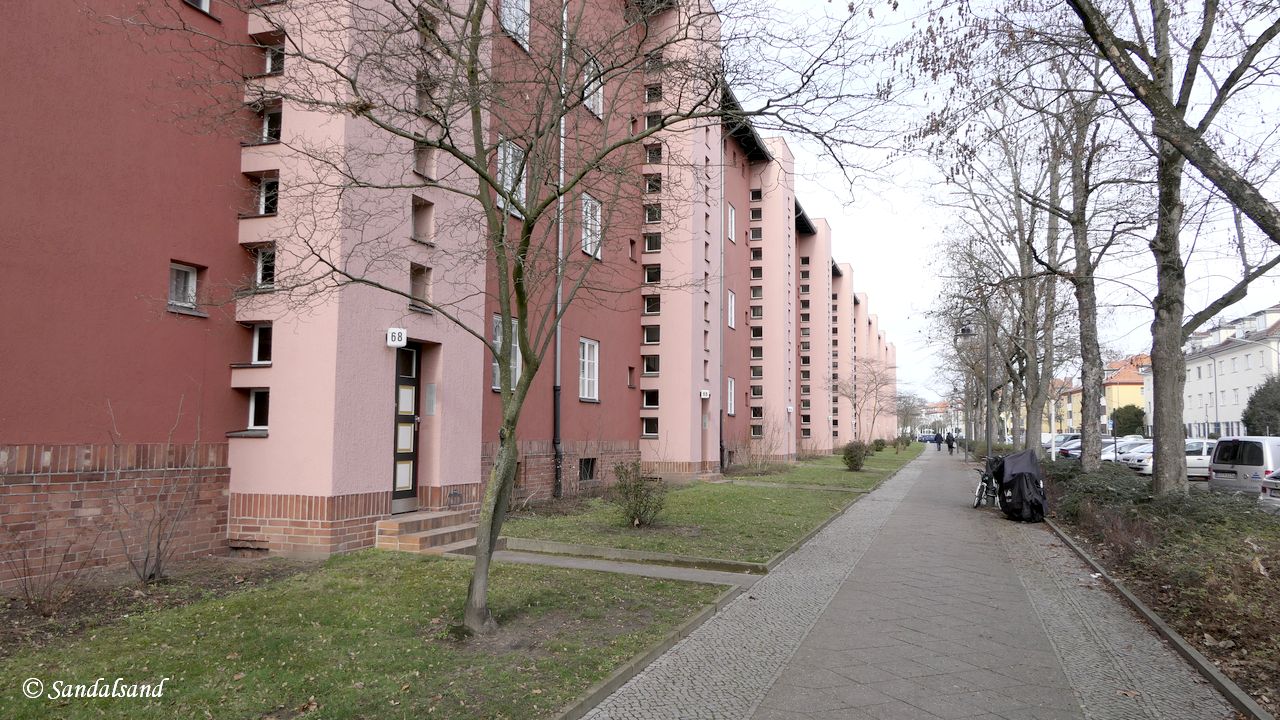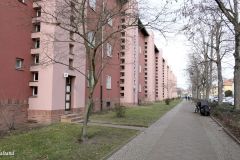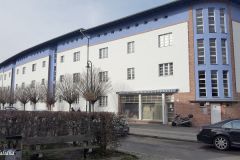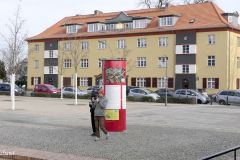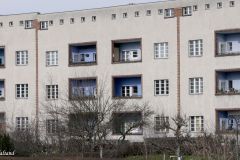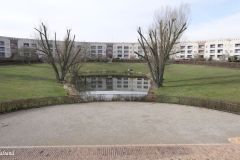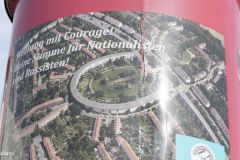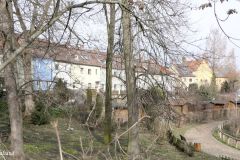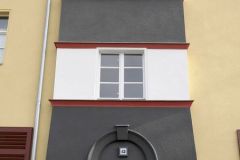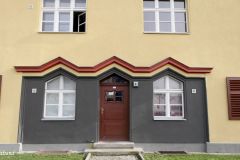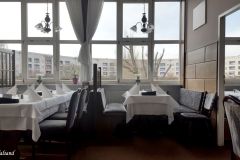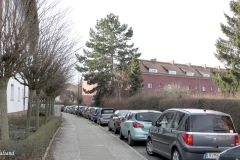The Berlin Modernism Housing Estates are remarkable. The end of World War I called for drastic improvements in the living conditions of ordinary and poor people. The Weimar Republic responded to this challenge with innovative urban planning ideas in Berlin.
The UNESCO World Heritage List includes more than a thousand properties of outstanding universal value. They are all part of the world’s cultural and natural heritage.
Official facts
- Country: Germany
- Date of Inscription: 2008
- Category: Cultural
UNESCO’s World Heritage Centre’s (short) description of site no. 1239:
The property consists of six housing estates that testify to innovative housing policies from 1910 to 1933, especially during the Weimar Republic, when the city of Berlin was particularly progressive socially, politically and culturally.
The property is an outstanding example of the building reform movement that contributed to improving housing and living conditions for people with low incomes through novel approaches to town planning, architecture and garden design.
The estates also provide exceptional examples of new urban and architectural typologies, featuring fresh design solutions, as well as technical and aesthetic innovations. Bruno Taut, Martin Wagner and Walter Gropius were among the leading architects of these projects which exercised considerable influence on the development of housing around the world.
My visit
In 2020 I visited one of UNESCO’s six housing estates, the Hufeisensiedlung (horseshoe estate) in the southern outskirts of Berlin. The other estates on UNESCO’s list include:
- Schillerpark housing estate,
- Wohnstadt Carl Legien,
- Weiße Stadt,
- Siemensstadt housing estate,
- in addition to the pre-war Gartenstadt Falkenberg (Falkenberg garden city).
The Hufeisensiedlung was the largest project and became the reference project of the modernist reform movement.
If you compare this to many other attractions in the German capital, it comes in the “special interests” category. There were few visitors around. The horseshoe-shaped apartment building with a pond in the middle is a striking feature of the area. It was radical in its time. I took the U7 metro line to Parchimer Allee and walked down the Fritz-Reuter-Allee to the horseshoe.
What does the heritage site include?
Two housing companies and groups of architects had the task of designing and developing this area. They left behind very different marks. One should notice that only the residential area to the west of the Fritz-Reuter-Allee is listed by UNESCO. That includes the horseshoe building and several terraced houses surrounding it to its north, west and south. The name of the trade union-linked housing company was GEHAG (Gemeinnützige Heimstätten-, Spar- und Bau-Aktiengesellschaft). GEHAG was led by Martin Walker and Bruno Taut was the architect.
The other company, DeGeWo, developed the Krugpfuhlsiedlung (Krugpfuhl housing estate) on the east side of Fritz-Reuter-Allee. Their traditional residential buildings (with saddle roofs, bay windows, and pointed dormers), are not “rewarded” a UNESCO listing. However, I did find the contrast very interesting. It gives a better perspective of the modernist ideas behind GEHAG’s development project.
Success or not?
The horseshoe estate was designed for non-affluent people, with a socialist idea at the bottom of it. This is the reason why the terraced houses which are called the Red Front (pictured above on the featured image), bears a double significance: Colour and ideology.
The cost of building the flats had one big disadvantage: Ordinary workers could not afford the rent. In addition, the unusual choice of strong colours in the interiors was not very pleasing to the residents. Instead they put up their own wall-papers. Read more here and here.
There is a restaurant in the horseshoe, the Gaststätte Zum Hufeisen. I recommend it for its traditional cuisine.
Browse to the PREVIOUS or NEXT post in this series.
Browse the pictures from the The Berlin Modernism Housing Estates. Buildings outside UNESCO’s listing are marked Krugpfuhl.
